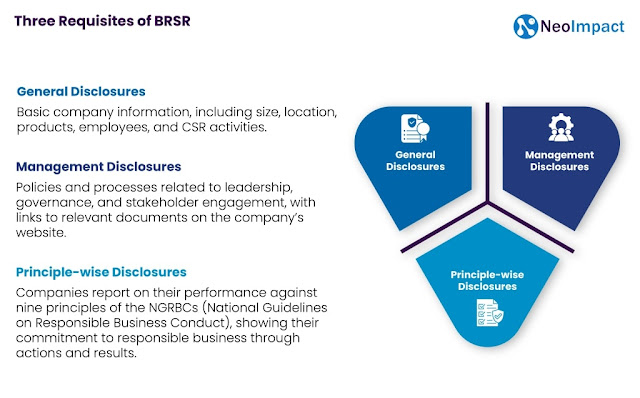BRSR 2025: What India’s New ESG Reporting Updates Mean for Businesses
If you're navigating ESG disclosures or planning to start, these changes are worth understanding.
A Simpler Approach to Value Chain Reporting
Previously, companies had to track and report ESG metrics across partners accounting for 75% of their procurement or sales. This was complex and burdensome, especially for organizations working with a large number of small vendors.
Under the revised guidelines, companies now need to report only on value chain partners that contribute 2% or more to total purchases or sales. This not only reduces the compliance load but also directs focus toward the most impactful relationships.
While disclosure for the larger 75% remains optional, the 2% threshold becomes mandatory from FY 2025–26, with third-party assessment or assurance kicking in from FY 2026–27.
Assessment Now Counts as Assurance
In a significant shift, companies can now opt for either assessment or assurance for their BRSR Core disclosures. This introduces a level of flexibility that’s particularly helpful for companies looking to balance rigor with feasibility.
While full assurance was earlier seen as the gold standard, the option for assessment—conducted by an independent third party following SEBI and Industry Standards Forum (ISF) norms—opens the door for credible reporting with reduced costs and complexity.
Green Credits Added to the Mix
Another notable update is the voluntary disclosure of green credits. This allows companies to report efforts like tree planting, renewable energy projects, or clean technology adoption—both within their operations and among top value chain partners.
This move encourages companies to go beyond compliance and spotlight their leadership in environmental initiatives. Although optional, it provides an opportunity to stand out in ESG performance without adding to mandatory obligations.
Industry Standards Bring Much-Needed Clarity
To make the reporting process smoother, the ISF has issued sector-agnostic guidance on how to calculate and present key metrics. This includes:
Using PPP-adjusted revenue for reporting intensity of emissions, energy use, and waste
Clarifying costs related to health insurance, mental health initiatives, and maternity benefits
Standardizing disclosure formats for gender diversity, POSH complaints, and cybersecurity incidents, in line with national guidelines
These steps are expected to make reports more consistent, comparable, and decision-useful across companies and sectors.
What This Means for You
These updates aim to strike a balance between accountability and practicality:
Reduced burden: Smaller vendors are off the radar for mandatory disclosures
Greater flexibility: Assessment allows a phased, cost-effective approach to ESG verification
Improved data quality: Clearer definitions and frameworks support better internal tracking
Voluntary leadership: New metrics like green credits offer room to showcase sustainability strengths
Preparing for What’s Next
To stay ahead, companies should begin aligning internal systems and teams with the new structure now. Key next steps include:
Identifying value chain partners that cross the 2% threshold
Choosing the right approach between assessment and assurance
Familiarizing teams with new metric definitions and data expectations
Exploring voluntary disclosures to go beyond the basics
India’s ESG reporting landscape is changing—but with clarity, structure, and strategic planning, businesses can adapt smoothly and even gain a reputational edge.




Comments
Post a Comment